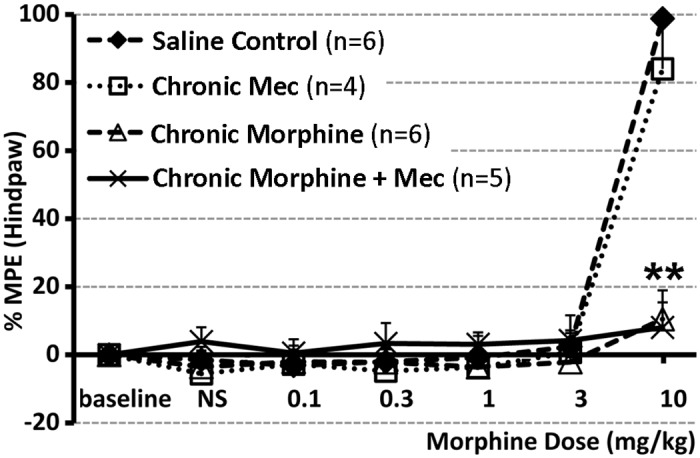Fig 3. Behavioral Analysis of Rat Antinociceptive Tolerance with Hot-Plate Test.

Hot Plate test was done in the afternoon on day 7 of treatment to evaluate development of antinociceptive tolerance. Chronic morphine administration (10 mg/kg sc twice-daily for 6.5 days; n = 6) was associated with development of antinociceptive tolerance in comparison to saline control group (n = 6). Chronic mecamylamine (Mec) administration (2 mg/kg sc twice-daily for 6.5 days; n = 4) did not change morphine antinociceptive effect. In addition, when given chronically with morphine, mecamylamine did not change development of antinociceptive tolerance (n = 5). Results are presented as a percentage of maximum possible effect (%MPE ± SD) according to the method of Harris and Pierson [38] to construct dose-response curves for morphine’s antinociceptive effect. Two-way ANOVA shows a significant effect of morphine (F(1,17) = 377.69, p<0.0001 at 10 mg/kg testing dose), while there is no significant effect of mecamylamine nor interaction effect. **, p<0.01.
